Search
Remove Ads
Advertisement
Summary 
Loading AI-generated summary based on World History Encyclopedia articles ...
Search Results
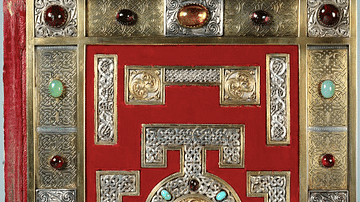
Definition
Kingdom of Northumbria
The Kingdom of Northumbria (c. 604-954 CE) was a political entity in the north of modern-day Britain with Mercia directly to the south, the Kingdoms of the Welsh to the west, and the land of the Picts to the north; the eastern line of the...
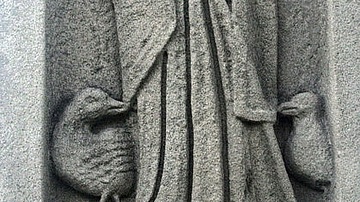
Definition
Hilda of Whitby
Hilda of Whitby (also known as Saint Hilda of Whitby, l. 614-680 CE) was the founder and abbess of the monastery at Whitby, Kingdom of Northumbria, Britain. She was a Northumbrian princess who converted to Christianity with the rest of the...

Definition
Jan van Eyck
Jan van Eyck (c. 1390-1441 CE) was a Netherlandish Renaissance painter who was famous in his own lifetime for his mastery of oil painting, colouring, naturalistic scenes, and eye for detail. Amongst his masterpieces are the 1432 CE Ghent...
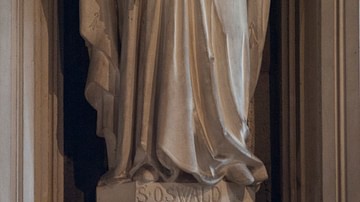
Definition
Oswald of Northumbria
Oswald of Northumbria (c. 604 - c. 642 CE) was a 7th-century Anglo-Saxon king and saint. He came to power in Northumbria c. 633 or 634 CE following his victory over Cadwallon ap Cadfan, King of Gwynedd. Oswald ruled over the Northumbrian...
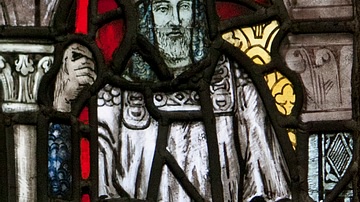
Image
Edwin of Northumbria, Newcastle
St. Edwin of Northumbria (c. 586 - 632 CE) was king of Deira and Bernicia (later known as Northumbria) from 616 until his death. Edwin was also the uncle of St. Hilda of Whitby (614 - 680 CE). This depiction of him in stained glass is from...

Definition
Vincent van Gogh
Vincent van Gogh (1853-1890) was a Dutch post-impressionist artist whose paintings are amongst the most popular and recognizable in history. His dramatic brushwork, exuberant palette, and mastery at capturing moments in time and light revolutionised...

Image
Edwin Smith Papyrus
The Edwin Smith Papyrus is the world's oldest surviving surgical document written in hieratic script in ancient Egypt around 1600 BCE. Plate 6 and 7 of the papyrus, pictured here, discuss facial trauma.
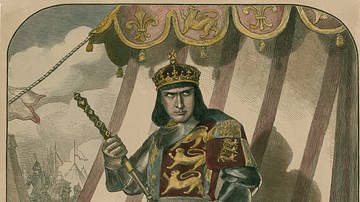
Image
Edwin Booth as Richard III
Edwin Booth, famous 19th-century American actor, brother of John Wilkes Booth, as Richard III of England, the protagonist of William Shakespeare's The Tragedy of Richard III. Print by Henry Duff Linton, 1872.
Folger Shakespeare Library.
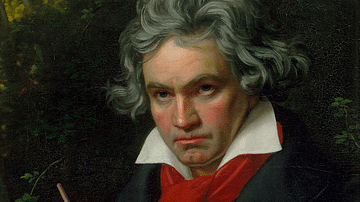
Definition
Ludwig van Beethoven
Ludwig van Beethoven (1770-1827) was a German composer of Classical and Romantic music; he is widely regarded as one of the greatest musicians to have ever lived. Most famous for his nine symphonies, piano concertos, piano sonatas, and string...
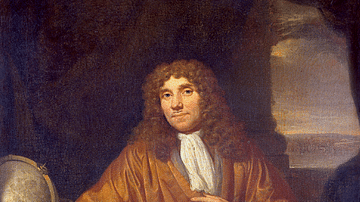
Definition
Antonie van Leeuwenhoek
Antonie van Leeuwenhoek (1632-1723) was the most important microscopist of the Scientific Revolution. The Dutchman made over 500 microscopes, many with a magnification far superior to contemporary models. His discoveries include bacteria...